From inside (document excerpt):
Hydraulics Circuits, Components, Schematics, Hydrostatic Drives and Test Equipment PART NO. 09169SL This page is intentionally blank. Hydraulic Systems Table of Contents 1 Circuits and Components 2 Schematics 11 Hydrostatic Transmissions . 18 Hydraulics Hoses and Fittings . 25 Hydraulic Testing . 28 Testing Examples 36 Toro University Technical Training 2 Hydraulic Systems Hydraulic Circuits and Components This study guide will discuss basic hydraulic systems.
Lawn Mowing User Manual Free Download. Power Lawn Mower Free Instruction Manual Download PDF.
We will look at fundamental principles and how they pertain to hydraulic systems. We will also learn about various hydraulic components and their function. A hydraulic circuit, whether it is simple or complex uses the basic hydraulic principles discussed on the following pages. A liquid can assume any shape and be bidirectional. Fluid is able to flow in any and all directions within a container. Pascal’s Law Pascal’s law states that when a confined fluid is placed under pressure, the pressure is transmitted equally in all directions and on all faces of the container. This is the principle used to extend the ram on a hydraulic cylinder. By applying a force to move the piston on one end, the piston on the other end will move the same distance with same amount of force. Toro University Technical Training Hydraulic Systems Hydraulic “Leverage ” 3 If we take the concept discussed on the previous slide and use containers or cylinders of different sizes, we can increase the mechanical advantage to lift a heavier load. This is the principle that allows you to jack up a very heavy object while exerting a small amount of force on the handle of a hydraulic jack. The animated illustration shows that 1 lb. of force exerted on a 1 sq. in. piston, moved 10 in. will lift 10 lbs. a distance of 1 in. with a 10 sq. in. piston. Click on the ‘Play’ button in the illustration to see a demonstration. The larger piston will move a shorter distance, but provides the mechanical advantage to lift a much heavier load. The mechanical workforce advantage in hydraulics can be thought of as leverage, but it is hydraulic leverage. Basic Hydraulic System Although hydraulic circuit layouts may vary significantly in different applications, many of the components are similar in design or function. The principle behind most hydraulic systems is similar to that of the basic hydraulic jack. Oil from the reservoir is drawn past a check ball into the piston type pump during the piston’s up-stroke. When the piston in the pump is pushed downward, oil will be directed past a second check ball into the cylinder. As the pump is actuated up and down, the incoming oil will cause the cylinder ram to extend. The lift cylinder will hold its extended position because the check ball is being seated by the pressure against it from the load side of the cylinder. Because the pump displacement is usually much smaller than the cylinder, each stroke of the pump will move the cylinder a very small amount.
Wikipedia’s page for Toro Company
Company Web Site: www.toro.com


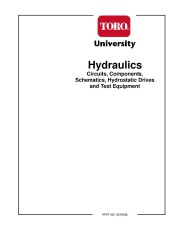 Toro Hydraulics Circuits Components Schematics Hydrostatic Drives Test Equipment 09169SL - Enlarge page 1 of 44
Toro Hydraulics Circuits Components Schematics Hydrostatic Drives Test Equipment 09169SL - Enlarge page 1 of 44 2 of 44
2 of 44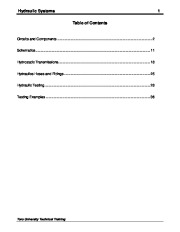 3 of 44
3 of 44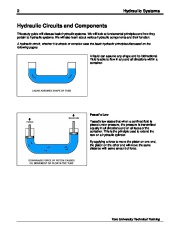 4 of 44
4 of 44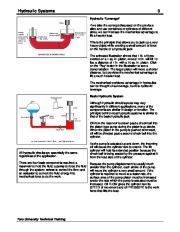 5 of 44
5 of 44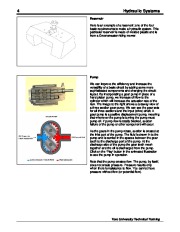 6 of 44
6 of 44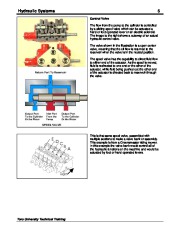 7 of 44
7 of 44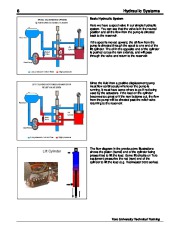 8 of 44
8 of 44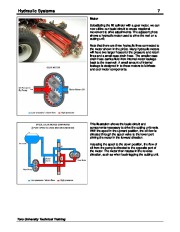 9 of 44
9 of 44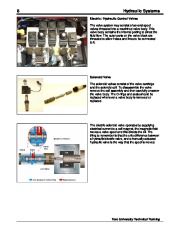 10 of 44
10 of 44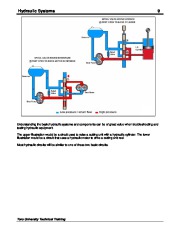 11 of 44
11 of 44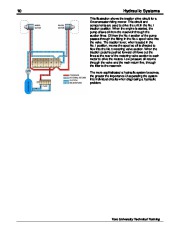 12 of 44
12 of 44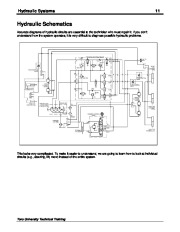 13 of 44
13 of 44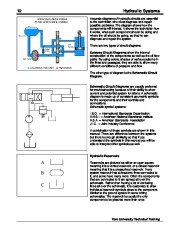 14 of 44
14 of 44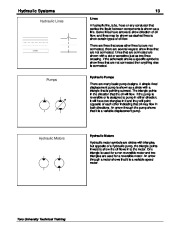 15 of 44
15 of 44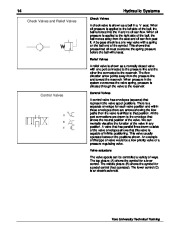 16 of 44
16 of 44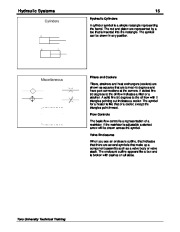 17 of 44
17 of 44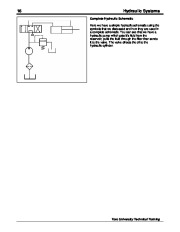 18 of 44
18 of 44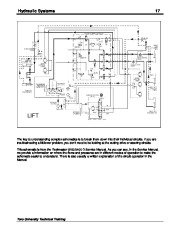 19 of 44
19 of 44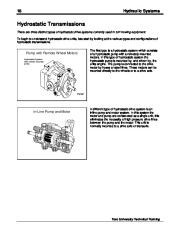 20 of 44
20 of 44 21 of 44
21 of 44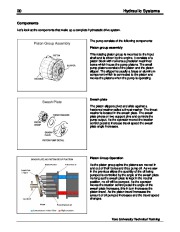 22 of 44
22 of 44 23 of 44
23 of 44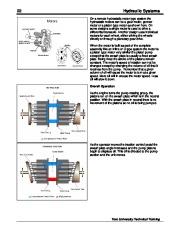 24 of 44
24 of 44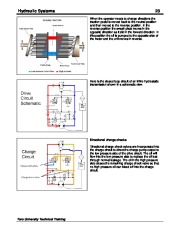 25 of 44
25 of 44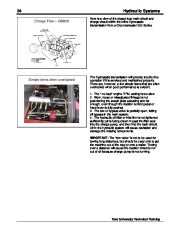 26 of 44
26 of 44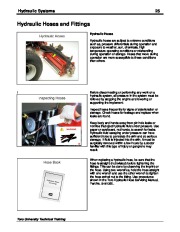 27 of 44
27 of 44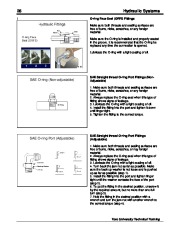 28 of 44
28 of 44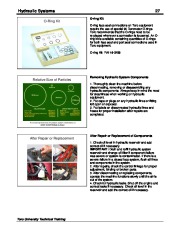 29 of 44
29 of 44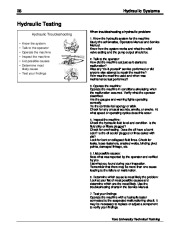 30 of 44
30 of 44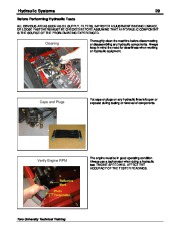 31 of 44
31 of 44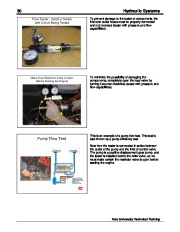 32 of 44
32 of 44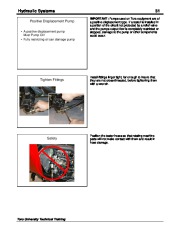 33 of 44
33 of 44 34 of 44
34 of 44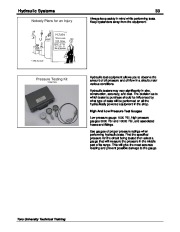 35 of 44
35 of 44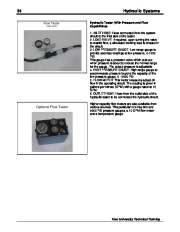 36 of 44
36 of 44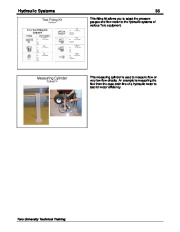 37 of 44
37 of 44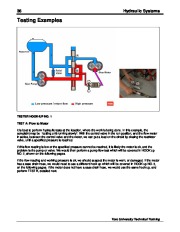 38 of 44
38 of 44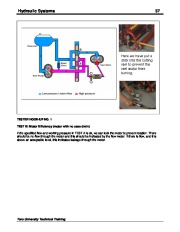 39 of 44
39 of 44 40 of 44
40 of 44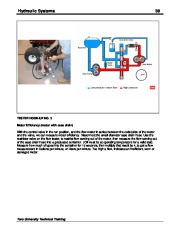 41 of 44
41 of 44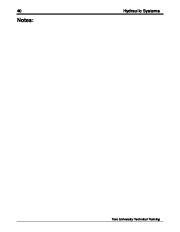 42 of 44
42 of 44 43 of 44
43 of 44 44 of 44
44 of 44